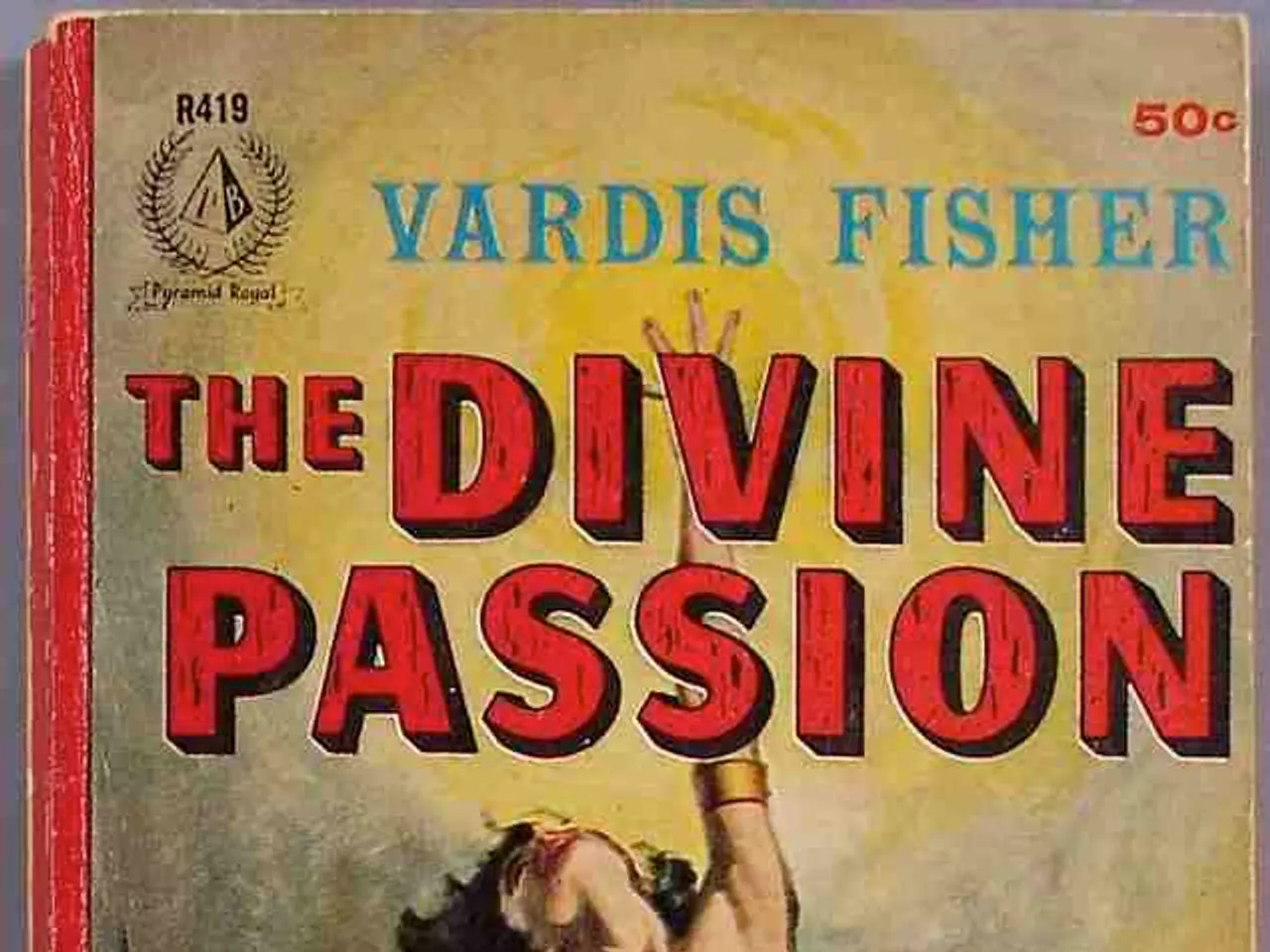Essential Components for Crafting a Captivating Fantasy Tale
In the realm of storytelling, not every fantasy holds an eternal charm; some are destined to fade into obscurity while others, like timeless treasures, continue to captivate generations. The staying power of a fantasy story—its ability to be passed down through the ages—is a result of several key factors that allow it to resonate emotionally, culturally, and cognitively over time.
Universal Themes and Relatable Characters
At the heart of every enduring fantasy lies a story that addresses universal human experiences. Themes such as good versus evil, sacrifice, friendship, justice, and personal growth create deep emotional connections, as seen in the case of J.R.R. Tolkien's The Lord of the Rings, which resonates partly due to its depiction of courage and friendship.
Immersive World-Building and Settings
Detailed, imaginative worlds with coherent rules, histories, and cultures invite readers to engage deeply and return repeatedly. Tolkien's creation of languages and histories added significant depth to his narrative craft, inviting readers to immerse themselves in Middle-earth.
Familiar Narrative Structures and Tropes
Familiar fantasy tropes provide cognitive ease and emotional comfort by creating recognizable patterns through which readers can explore complex themes safely. Known tropes like the "chosen one" or "enemies to lovers" reduce mental load and heighten emotional engagement since readers anticipate narrative arcs and their satisfying resolutions.
Psychological Appeal
Fantasy fulfills psychological needs for pattern recognition, emotional safety, and gratifying anticipation-reward cycles. Readers enjoy stories that offer hope and order amid uncertainty, mirrored in the “chosen one” narrative or triumphant overcoming of adversity.
Cultural Resonance and Adaptability
Stories that reflect or adapt to prevailing cultural moods and values remain relevant. For instance, the Arthurian legends evolved to mirror societal shifts, from hopeful kingdom-building to tales of decline and betrayal, allowing them to persist through changing eras.
Cross-Generational Accessibility
Writing style that appeals to a broad age range (children and adults alike) encourages transmission within families and communities. Tolkien’s work, for example, enjoys a wide demographic appeal aided by successful adaptations that bring new audiences to the original texts.
Educational and Moral Significance
Stories used in educational contexts or valued for moral lessons gain longevity as they are repeatedly taught and analysed, sustaining cultural relevance over time.
Together, these factors create a story that is not only enjoyable and meaningful on first reading but also flexible and rich enough to engage new generations, ensuring its persistence through time. This synthesis matches the scholarly understanding that lasting fantasy exploits the human brain’s craving for recognizable patterns and emotional reward while embedding universal stories in richly textured worlds, often aligning with and reflecting cultural shifts.
Memorable Imagery and Emotional Engagement
Strong imagery plays a crucial role in making a fantasy story memorable. Examples such as Penelope at her loom, Sleeping Beauty and the spindle, Cinderella and her shoe, Smaug attacking Laketown, and Lucy slipping into the wardrobe, all serve to etch indelible images in the reader's mind.
Relatable Situations and Core Desires
Memorable fantasy stories frequently involve a situation readers can relate to, and feature something we deeply want in the core of the story. This emotional connection is key to a story's lasting power.
The Enduring Legacy of Fantasy Stories
Fantasy stories have been told for as long as storytelling has existed, and their staying power is a testament to their ability to adapt and evolve while remaining true to their core principles. The power of fantasy lies not only in its ability to captivate and entertain, but also in its potential to reflect and shape our cultural values and beliefs.
Books that capture universal themes, relatable characters, immersive world-building, familiar narrative structures, psychological appeal, cultural resonance, cross-generational accessibility, educational and moral significance, memorable imagery, relatable situations, and core desires continue to endure as entertainment.
By resonating emotionally, culturally, and cognitively, such books not only captivate readers but also create stories that can be passed down through generations, thereby enchanting new audiences and ensuring their legacy in the realm of storytelling.








